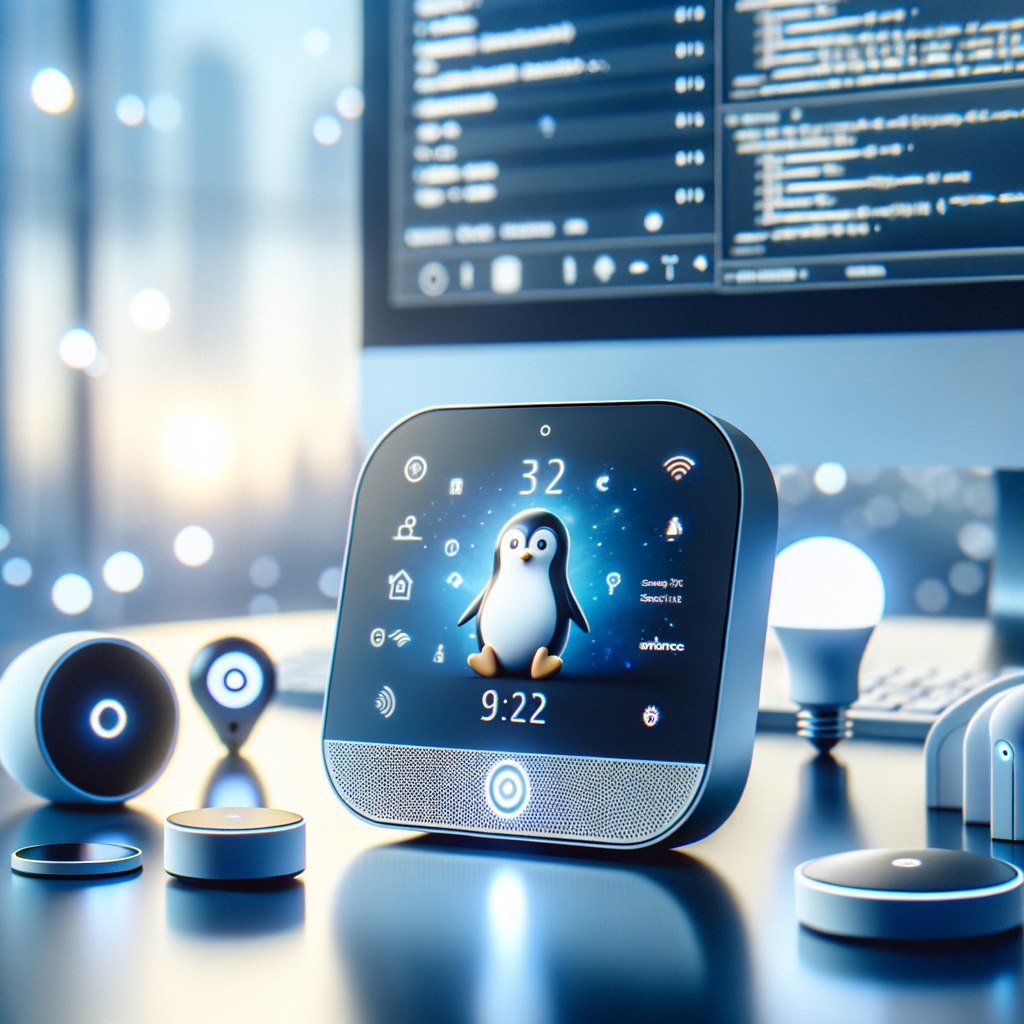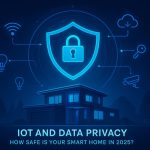The Internet of Things (IoT) is everywhere—from smart homes and wearable devices to industrial automation and self-driving cars. Behind the scenes, one operating system plays a surprisingly dominant role: Linux. Known for its stability, flexibility, and open-source nature, Linux has become the backbone of countless IoT devices and platforms. But what makes Linux so well-suited for IoT, and where is it being used today?
Why Linux is a Natural Fit for IoT
IoT devices need lightweight, reliable, and customizable software foundations. Linux fits this role perfectly.
- Open-source flexibility: Developers can tailor Linux distributions to fit specific IoT use cases.
- Security and updates: A global community provides continuous patches and improvements.
- Low cost: No licensing fees, making it ideal for scaling IoT deployments.
- Hardware compatibility: Runs on everything from small ARM processors to high-powered industrial computers.
This combination makes Linux a strong alternative to proprietary operating systems in IoT.
Linux in Embedded Systems
Many IoT devices rely on embedded Linux for their operating system. These devices need an OS that can run on limited hardware while still providing robust features.
Popular Linux-based platforms include:
- Raspberry Pi OS – Used widely for prototyping IoT devices.
- BeagleBone Black (Debian-based) – Common in robotics and automation.
- Ubuntu Core – Lightweight and secure, designed for IoT and embedded systems.
- Yocto Project / Buildroot – Customizable Linux builds for resource-constrained devices.
These distributions allow IoT developers to optimize performance while keeping costs low.
Linux as the Gateway OS
IoT systems don’t just include sensors—they need gateways that connect devices to the cloud. Gateways often run Linux because of its networking and protocol support.
- Protocol support: MQTT, CoAP, Zigbee, and LoRaWAN all run smoothly on Linux.
- Edge computing: Local processing reduces reliance on cloud services.
- Flexibility: Linux can run Docker or Kubernetes for containerized IoT applications.
In short, Linux-powered gateways act as the “middle layer” between raw sensor data and cloud platforms.
Security and Reliability
Security is one of the biggest concerns in IoT, and Linux provides a strong foundation.
- Built-in firewalls (iptables/nftables) help protect devices.
- SELinux and AppArmor enforce strict access controls.
- Containerization (Docker, Podman) isolates applications for safer execution.
- Regular updates ensure vulnerabilities are patched quickly.
For industries like healthcare and transportation, where safety is critical, Linux’s reliability is a major advantage.
Real-World Applications of Linux in IoT
Linux powers IoT across multiple sectors:
- Smart Homes – Many hubs and smart appliances use lightweight Linux distributions.
- Industrial Automation – PLCs, robotics, and predictive maintenance systems run on Linux gateways.
- Automotive Industry – Projects like Automotive Grade Linux (AGL) drive infotainment and connected car platforms.
- Healthcare – Wearables and diagnostic devices rely on Linux for stability and security.
Challenges of Using Linux in IoT
Despite its strengths, Linux isn’t perfect for every IoT use case.
- Resource constraints: Tiny devices with very limited memory may require real-time operating systems (RTOS) instead of Linux.
- Maintenance complexity: Managing large fleets of Linux-based IoT devices requires robust update and monitoring systems.
- Security misconfigurations: While Linux provides strong security tools, they must be properly set up.
Still, these challenges are often outweighed by the benefits.

IoT Trends to Watch in 2025
Looking Ahead
The role of Linux in IoT is only growing stronger. With the rise of edge AI, 5G networks, and containerized applications, Linux provides the ideal environment for next-generation IoT systems. From smart cities to autonomous vehicles, Linux continues to be the silent powerhouse making the connected world possible.
Final Thought
Linux has earned its place as the backbone of IoT. Its combination of flexibility, security, and scalability makes it the go-to choice for developers, manufacturers, and enterprises alike. Whether in a smart thermostat or a factory robot, chances are that Linux is running behind the scenes, keeping the IoT world connected and reliable.
- Automated Online Trading: How IoT is Redefining Financial MarketsIntroduction automated online trading In a world where milliseconds can decide millions, the fusion of Internet of Things (IoT) technology and automated online trading is reshaping global finance. What once relied solely on human judgment now increasingly depends on connected machines, real-time data, and predictive algorithms. From weather sensors influencing agricultural trades to smart logistics…
- The Role of Linux in IoT: Powering the Connected WorldThe Internet of Things (IoT) is everywhere—from smart homes and wearable devices to industrial automation and self-driving cars. Behind the scenes, one operating system plays a surprisingly dominant role: Linux. Known for its stability, flexibility, and open-source nature, Linux has become the backbone of countless IoT devices and platforms. But what makes Linux so well-suited…
- The Smart Home Revolution in 2025: How IoT is Transforming Everyday LivingIn the past decade, the vision of a truly smart home has moved from futuristic fantasy to everyday reality. As we step into 2025, the Internet of Things (IoT) has matured into a robust ecosystem, connecting appliances, security systems, lighting, and even entertainment devices under one seamless digital roof. The result? Homes that are safer,…
- IoT and Data Privacy: How Safe Is Your Smart Home in 2025? – IoT SecurityThe smart home revolution has made everyday life more convenient than ever. From voice assistants that control the lights to security cameras that send alerts directly to your phone, connected devices have become part of our daily routines. But with this convenience comes an important question: how safe is your personal data in a world…
- Geofencing in Smart Homes: Automating Your Life Based on LocationImagine pulling into your driveway after a long day—your porch lights switch on, the thermostat adjusts to the perfect temperature, and your door unlocks automatically. This isn’t science fiction—it’s geofencing, one of the most powerful yet underused tools in smart home automation. What Is Geofencing? Geofencing creates a virtual boundary around a physical location—such as…






